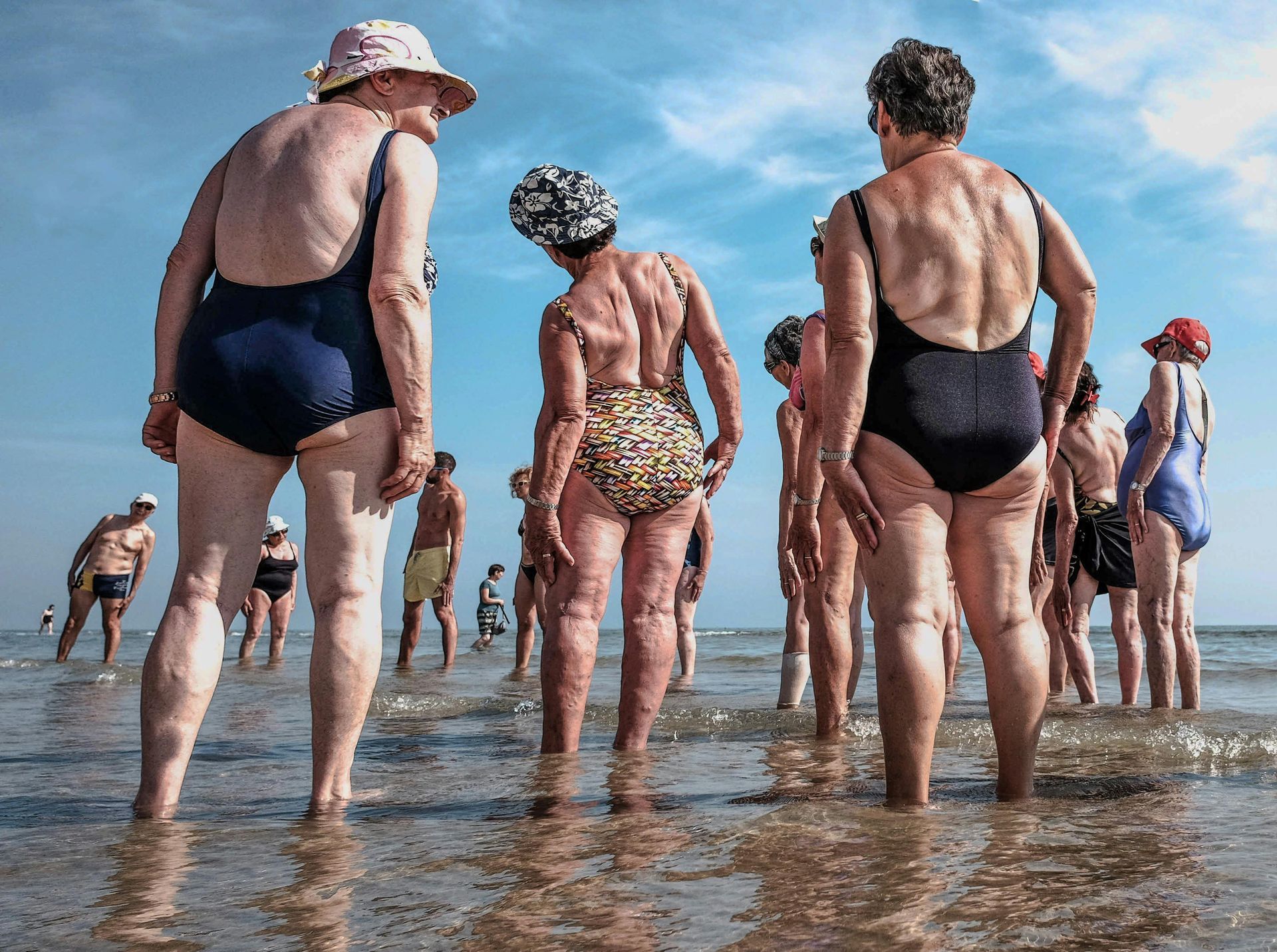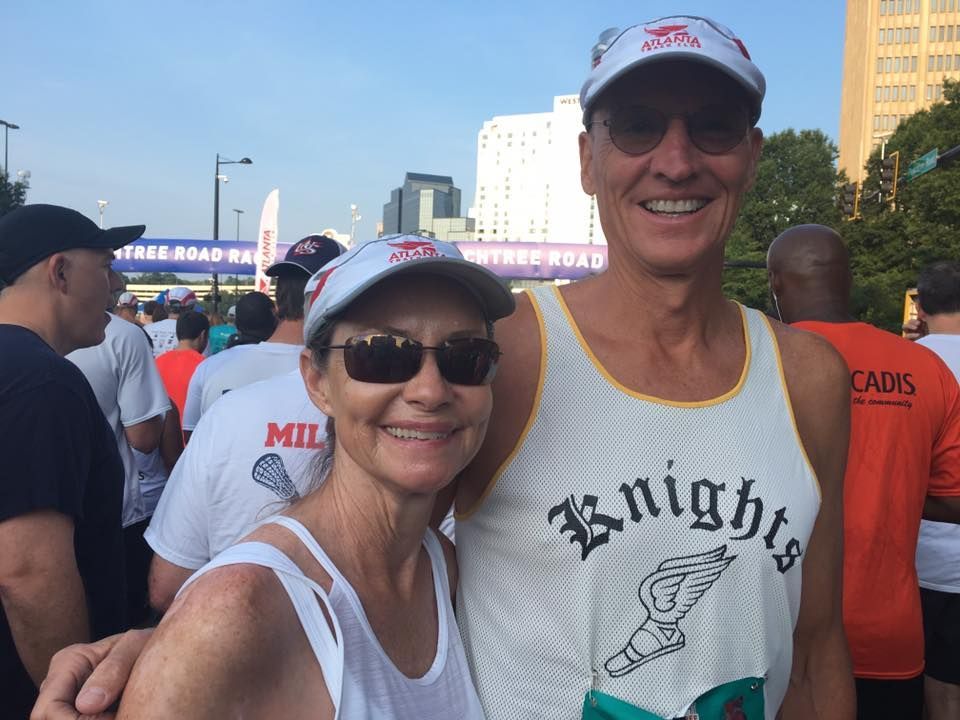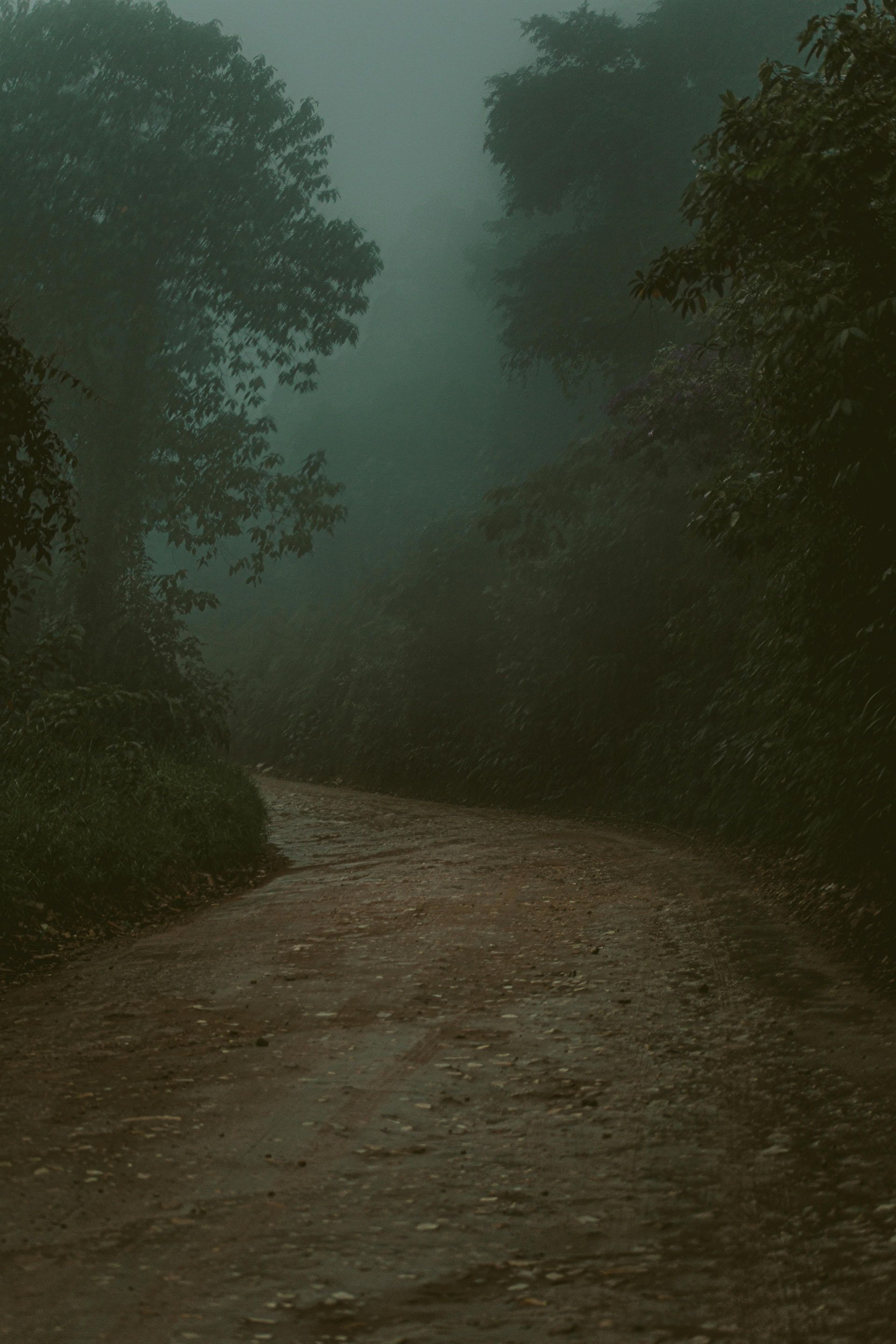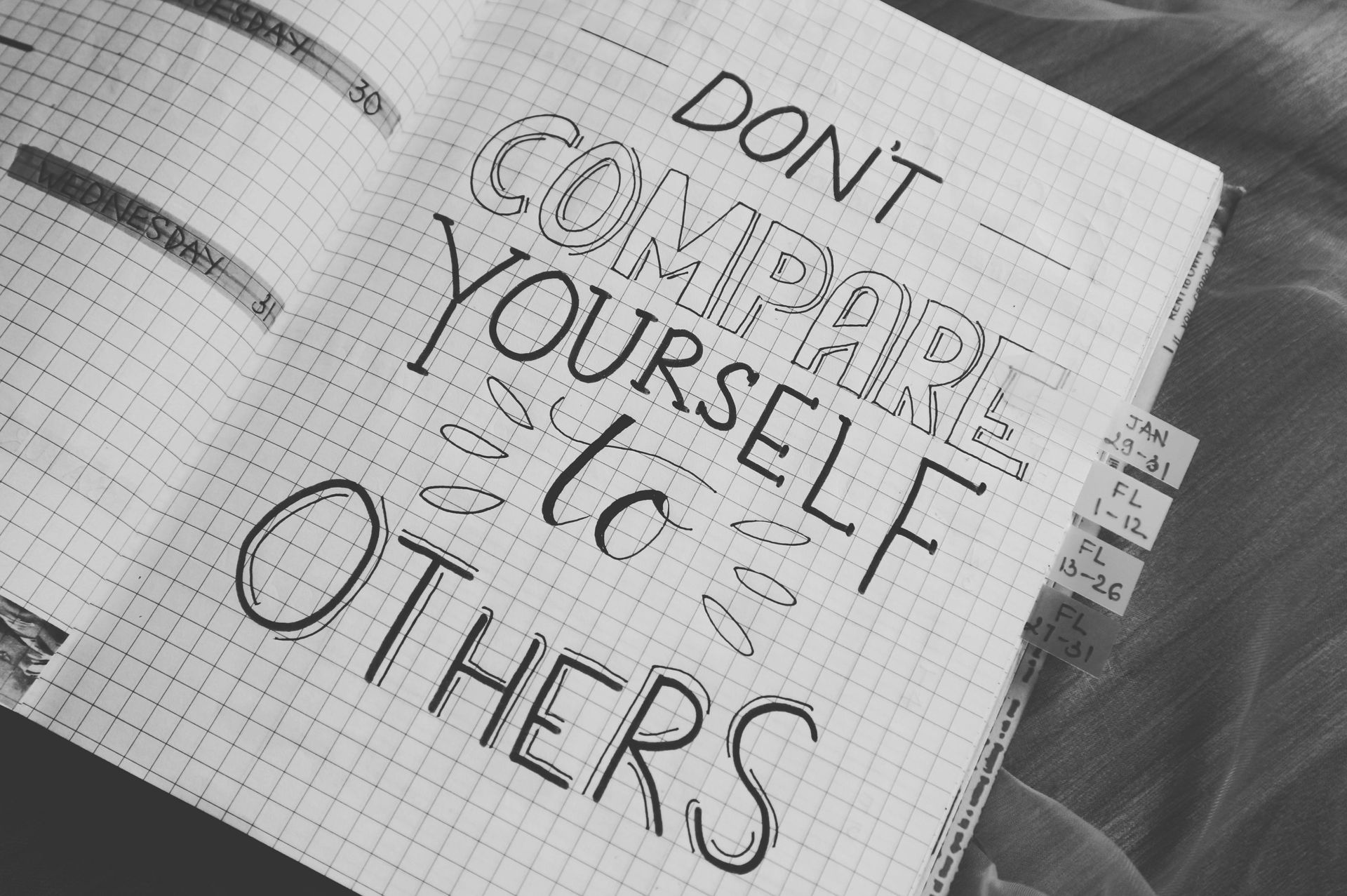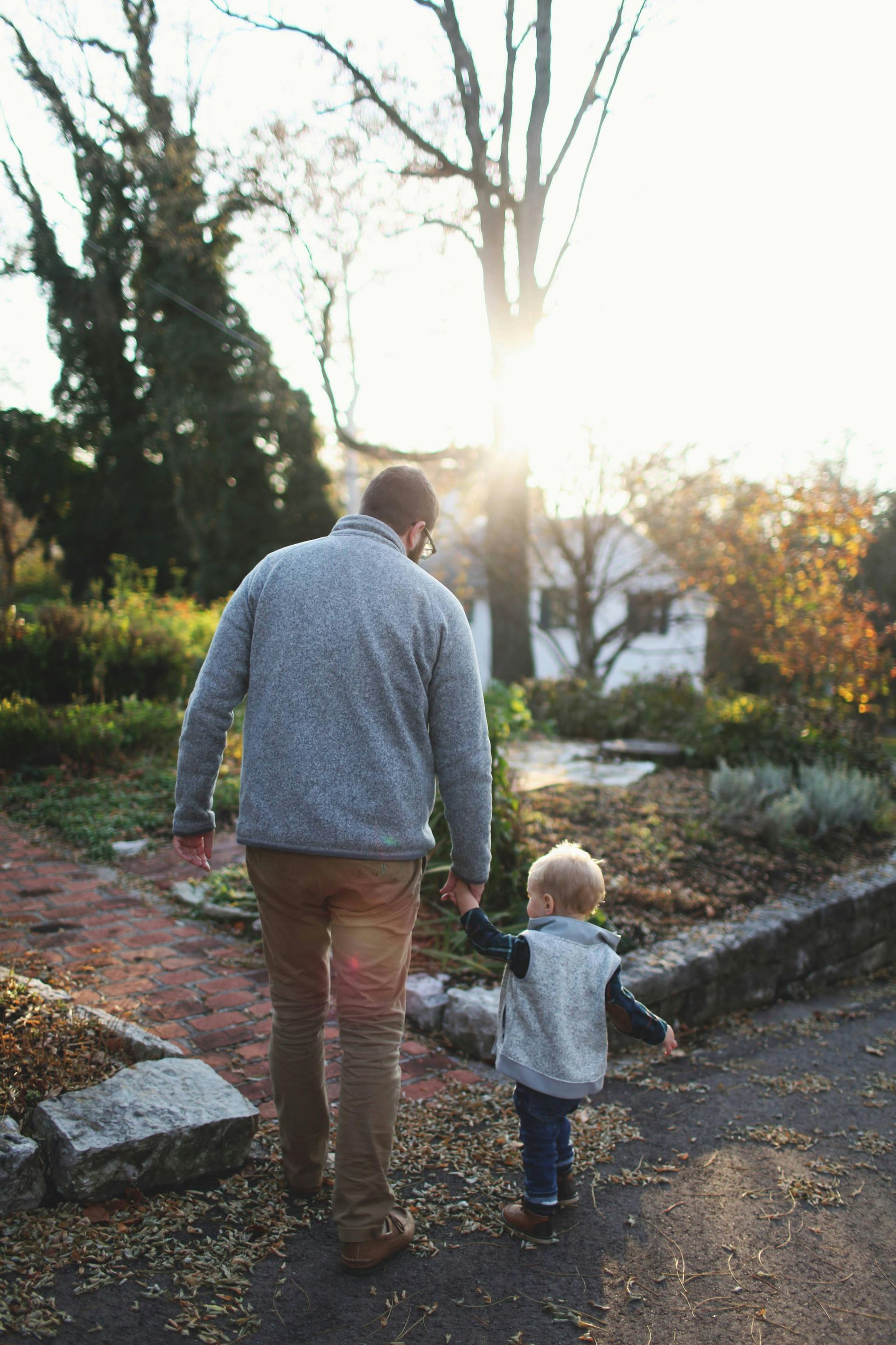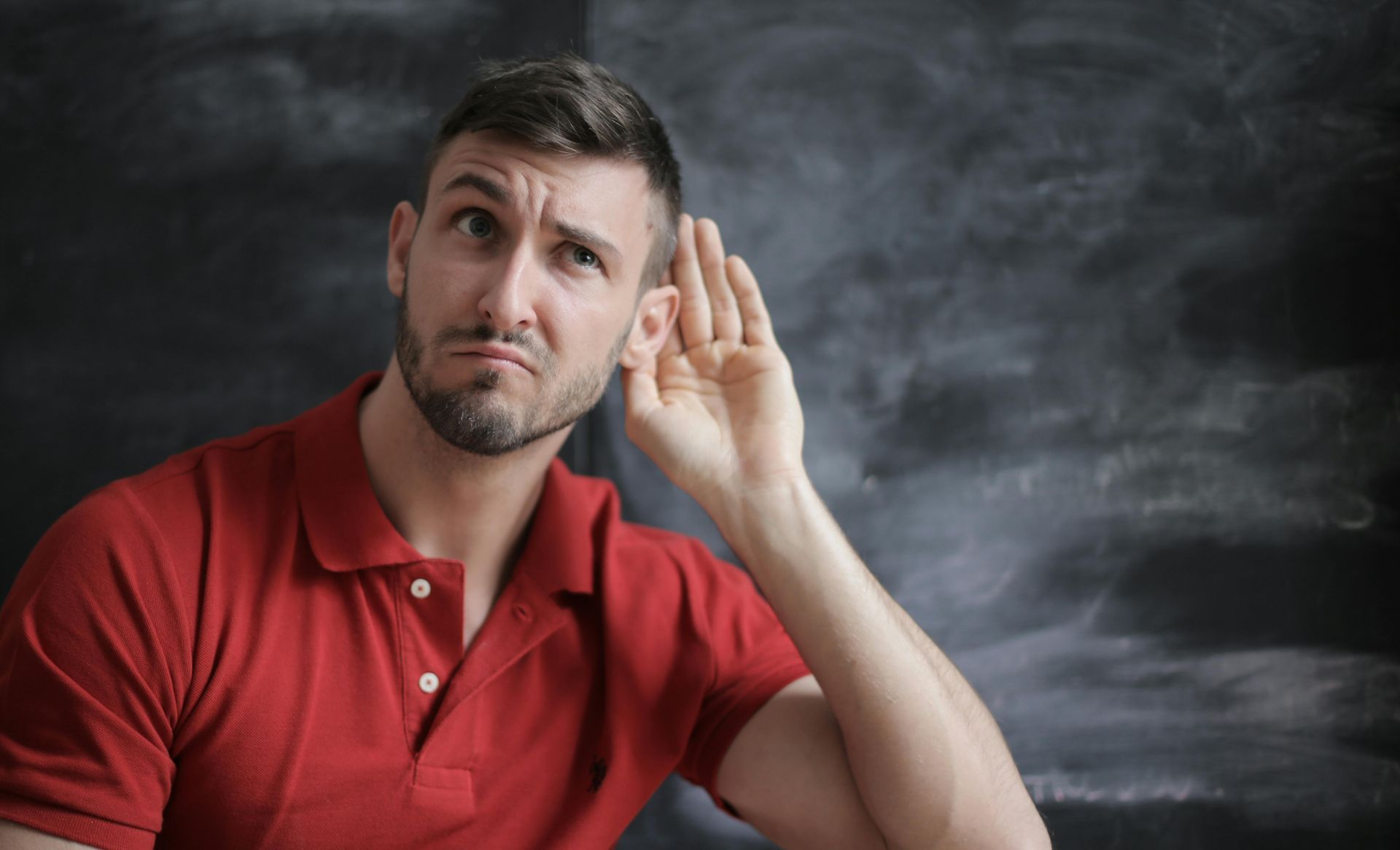Vigilance and Vulnerability
The legendary former Intel CEO, Andy Grove, is famous for saying: “Only the paranoid survive.” In a world of email and phone scams, financial fraud, and a news cycle that only seems to focus on what went wrong rather than right, this may seem sound advice for navigating the perils of our time. However, this mindset can also lead to a life of perpetual stress and anxiety, as we are always on the lookout for potential threats and dangers.
On the other hand, vulnerability could be seen as a weakness, something to be avoided at all costs, especially given the dangers we face. “Don’t let them take advantage of you,” we are told. Is this really the best way to live our lives? Is the price of vigilance really worth the benefit we get from it?
According to research, the answer is often no. While being vigilant can help us avoid potential dangers and problems, it can also lead to chronic stress and anxiety, which can have a negative impact on our mental and physical health. In fact, studies have shown that chronic stress can increase the risk of developing a wide range of health problems, including heart disease, depression, and anxiety.
Furthermore, the constant need to be vigilant can also take a toll on our relationships and our ability to connect with others. When we are constantly on alert, it can be difficult to let our guard down and truly connect with others. This can lead to feelings of isolation and loneliness, which can also have a negative impact on our mental health.
So, what is the alternative? Should we simply throw caution to the wind and embrace vulnerability? While there is certainly a case to be made for being more open and vulnerable, it is important to recognize that there is a cost to this as well.
Being vulnerable means opening ourselves up to the possibility of being hurt, rejected, or disappointed. It means taking risks and putting ourselves out there, even when we know that there is a chance of failure or rejection. This can be difficult, but it can also be incredibly rewarding.
As actor, race car driver, philanthropist, and businessman Paul Newman writes in his memoir: "Have I been screwed a lot? Yes. And while I always say the price of not being screwed is eternal vigilance, eternal vigilance is a very time-consuming and detailed business. Going through receipts, checking out every little thing. It can actually be less painful to be screwed than to look after things. At least sometimes."
In other words, while the cost of vigilance in the rare instance where it is warranted may be worth the price given the downside in that singular instance, the cost of perpetual vigilance can often be higher than the price we pay by allowing ourselves to be vulnerable. While there is certainly a place for vigilance in our lives, it also is important to stay open to new experiences and opportunities.
Maybe this is why I did not continue in my career path as an attorney. It is estimated that less than 10% of contracts result in a dispute at some point. Of those that are not only disputed, but that also have a case filed, it is estimated that less than 5% then go on to trial, the parties being able to work out something between themselves instead. I see that and think, “Less than half of one percent end up in a court case. I am more than 200 times more likely not to have a big problem here. Why waste the time going back and forth on the minutia?”
That is not how a “good” attorney thinks. But that doesn’t mean it should be how we think. Law is one of the few professions where pessimists are more “successful” than optimists. The American Bar Association also found that lawyers suffer greater rates of depression, anxiety, and alcohol abuse than the general population.
This hypervigilance is not free.
So, how can we find this balance, or rather the right equilibrium for us personally? It starts by more actively paying attention. We need to be better at recognizing when we are being overly vigilant or closed off, and spend time thinking through the potential upside, not just the downside. We need to learn to identify the underlying fears and beliefs that are driving these behaviors, and work to challenge and reframe them.
We must also recognize that vulnerability is not a weakness, but rather a strength. When we allow ourselves to be vulnerable, we are showing courage and authenticity. We are putting ourselves out there, even when it is scary or uncomfortable. And in doing so, we are opening ourselves up to the possibility of growth, connection, and joy.
In the end, finding our personal equilibrium between vigilance and vulnerability is essential for living a fulfilling and meaningful life.
There are risks in the world. That is a fact. Sometimes we will be burned, but we should not let our vigilance consume us and prevent us from experiencing new things or connecting with others.
It no doubt requires courage to embrace vulnerability given the manifold risks out there. By doing so, and by focusing more on what we have to gain rather than only what we have to potentially lose, we can reduce our stress and anxiety, and increase the potential for joy, contentment, and fulfillment.
Yes, it’s scary, but it’s worth the leap.

